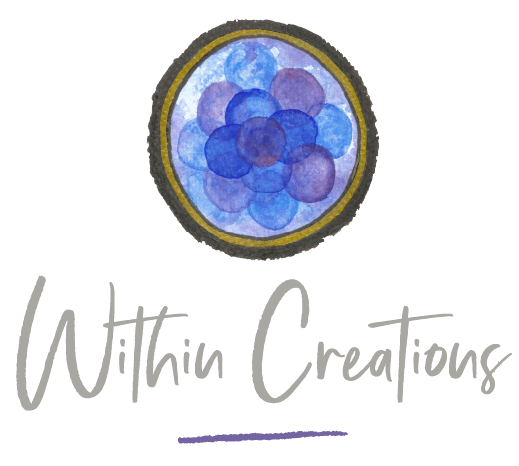Brain
During medical school, I was fascinated when learning about the brain. Then I started thinking about the reclaiming of Indigenous Knowledge amongst Aboriginal and Torres Strait Islander people. By learning from Elders, the stories they can remember and connect with Our Great Mother and culture, they can bring traditions back to life.
Frontal lobe
The frontal lobe is the largest in our brain, responsible for higher cognitive functions like memory, social interactions, reasoning, motor function and language. For generations, it has helped Indigenous peoples understand relationships to the seasons and know when is the best time to hunt animals, gather food, dance, and undertake ceremonies. The frontal lobe helps us navigate our way through our life, remembering lessons and stories taught to us as a child and then, in turn, becoming the teachers to our children and grandchildren.
Temporal lobe
The temporal lobe houses our language and understanding centre. As cultures with oral histories spanning back to the Dreaming and Before Before time, we shared stories and teachings to understand our connectivity to the environment, our totems, kinship systems, and families. Through watching and learning from our Elders, we could memorise the songs and stories and learn about our community by sitting in yarning circles.
Parietal lobe
The parietal lobe allows for the understanding of information from our senses. Traditional healers have used their touch and senses for thousands of years to test the safety of plant medicine and help treat the injured by laying of hands to feel over injuries and illness deep within people. Some specialised healers could send energy into the areas needing healing.
Occipital lobe
The Occipital lobe is our visual centre. It allows us to perceive distance and depth for hunting, gathering and weaving. We take in the images through our eyes and use this information to help create the world as we see it. We can watch our children learn about their culture. We can smile with pride in response to their joy when they practice dancing all painted up.
Cerebellum
The cerebellum is Latin for ‘little brain’ and helps with physical movement, balance, and coordination. We learned about motion, balance and coordination as children playing and as adults; it kept us safe from injury and helped with our traditional roles within our tribe.



